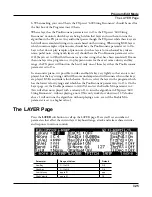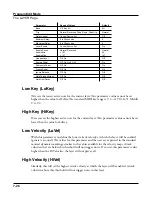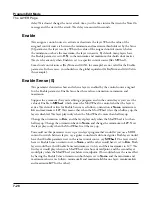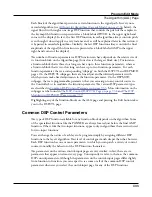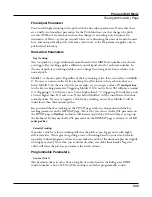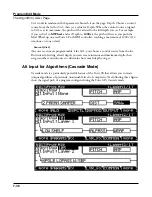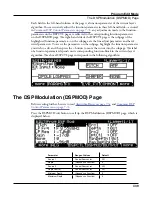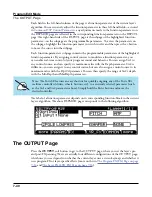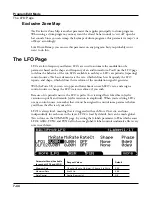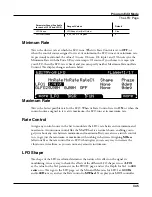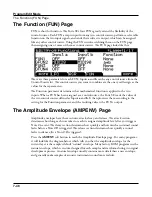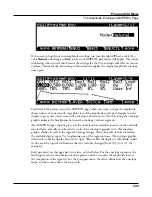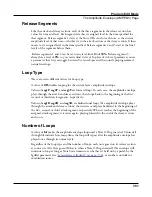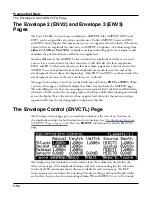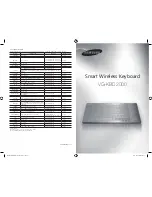
Program Edit Mode
The Algorithm (ALG) Page
7-37
On the ALG (Algorithm) page of every layer, the Alt Input parameter lets you select any
other layer to go through the current layer’s DSP. You can set it up so that layer 1 goes into
layer 2 into 3 (as shown above). If you turn down the volume on layers 1 and 2, then you are
hearing true cascading—it’s like a big chain with each algorithm feeding into the next, and
what you hear is layer 3’s output. You can also have the volumes of all three layers turned up,
which will mix the signal of all three layers. You could, in the same program, also decide to
run layer 4 into 5 into 6 into 13 into 25 if you wanted. Any of the 32 layers can go into any
other layer.
The Cascade mode algorithms (very much like triple mode on a K2600) start at ID 101.
Note in the above figures how algorithm 101 looks very similar to algorithm 1. Each Cascade
mode algorithm corresponds to its non-cascade equivalent, which has the same ID number
minus 100. For example, algorithm 105 is a cascade mode version of algorithm 5. On the
Alg page, select which layer you want to have running through your cascade layer with the
Alt Input parameter. Make sure to turn down the Amp volume on your source layers if you
only want to hear what’s coming out of the final cascade layer.
Dynamic VAST
The Dynamic VAST editor is yet another particularly powerful feature of the Forte SE that
allows you to edit the wiring of an algorithm. With Dynamic VAST, literally thousands of
wiring schemes are possible. Using Cascade mode in conjunction with Dynamic VAST gives
you almost infinite control over your program’s sound and behavior by enabling you to create
your own unique, complex algorithms.
To enter the Dynamic VAST editor, select the ALG (Algorithm) page by pressing the ALG
soft button. Highlight the Algorithm parameter, select an algorithm, and press the edit
button. This action calls up the Edit Algorithm (EditAlg) page in which you can edit the
wiring of the selected algorithm.
Parameter
Range of Values
Default
Inputs
1, 2
1
Outputs
1, 2
1
Number of Blocks
1 to 4
2
Output Mode
Normal, Sep. L/R
Normal



